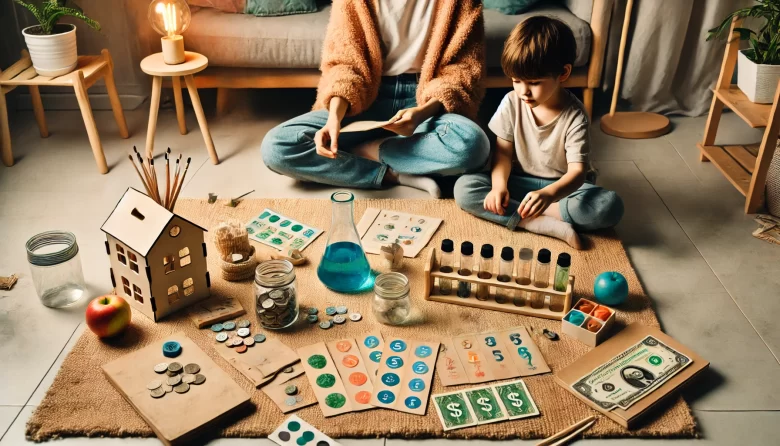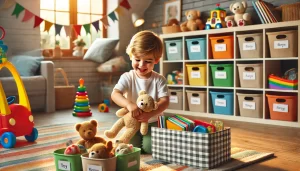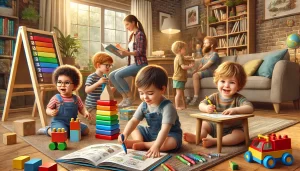Providing children with enriching learning experiences doesn’t have to be expensive. Many parents believe that high-quality educational activities require costly materials, special programs, or expensive toys. However, with a little creativity and resourcefulness, you can create engaging and effective learning experiences using everyday items.
In this article, we will explore practical tips for planning budget-friendly educational activities, discuss free or low-cost resources, and share DIY ideas that make learning fun and affordable.
Why Affordable Educational Activities Matter
Many parents want to support their child’s learning but worry about the costs associated with educational tools, toys, and programs. The good news is that effective learning does not depend on expensive materials—children learn best through hands-on experiences, exploration, and play.
Key Benefits of Budget-Friendly Educational Activities:




By focusing on creativity rather than cost, you can provide meaningful educational experiences at home without straining your budget.
Tips for Planning Educational Activities on a Budget
Use Everyday Household Items as Learning Tools
You don’t need specialized toys or expensive kits to create fun learning experiences. Many household items can be repurposed for educational activities.
Examples:
- Measuring cups & spoons: Teach math concepts like fractions and volume.
- Cardboard boxes: Use them to build structures, create DIY puzzles, or make a playhouse.
- Old magazines: Cut out pictures for storytelling, sorting, or letter recognition.
- Bottle caps & buttons: Use them for counting, color sorting, or making patterns.

Take Advantage of Free Educational Resources
There are many free learning materials available online and in local communities.





Plan Outdoor Learning Adventures
Nature is a wonderful, cost-free classroom! Outdoor activities help children explore, observe, and develop curiosity about the world around them.





Make DIY Learning Games and Activities
Creating homemade educational activities is a great way to save money while keeping kids engaged.





Leverage Free Online Learning Experiences
The internet offers countless free educational experiences that allow kids to learn interactively.

- SciShow Kids (science)
- Storyline Online (celebrity-read children’s books)
- National Geographic Kids (nature and animals)

- Brains On! (science and curiosity)
- Wow in the World (fun facts and discoveries)
- Circle Round (storytelling and life lessons)

Low-Cost Educational Activities for Different Age Groups
 Toddlers (1-3 Years Old)
Toddlers (1-3 Years Old)
- Stacking plastic cups to teach size and balance
- Finger painting with homemade, edible paint
- Sensory bins filled with rice, beans, or pasta for tactile exploration
 Preschoolers (3-5 Years Old)
Preschoolers (3-5 Years Old)
- Counting objects from nature (stones, leaves, flowers)
- Matching socks or sorting laundry by color
- Simple scavenger hunts with everyday items
 School-Age Children (5-7 Years Old)
School-Age Children (5-7 Years Old)
- Writing letters to family members to practice handwriting
- Cooking simple recipes to learn measurements and fractions
- Creating a DIY “store” to practice counting money

Overcoming Common Challenges
“I don’t have time to plan activities.”

“My child loses interest quickly.”

“I don’t have access to many resources.”


Final Thoughts
Providing quality education at home doesn’t require a big budget—just creativity and resourcefulness. By using everyday materials, exploring free resources, and focusing on hands-on activities, parents can offer enriching learning experiences without spending too much.
Education is not about expensive tools; it’s about curiosity, exploration, and meaningful experiences. By making learning fun and accessible, you help your child develop a lifelong love for discovering new things.




